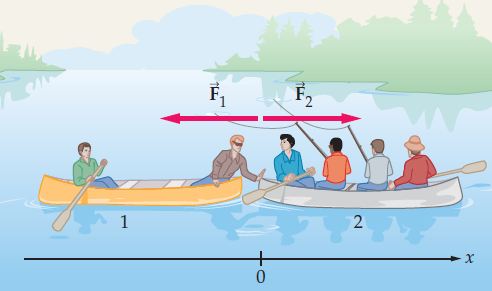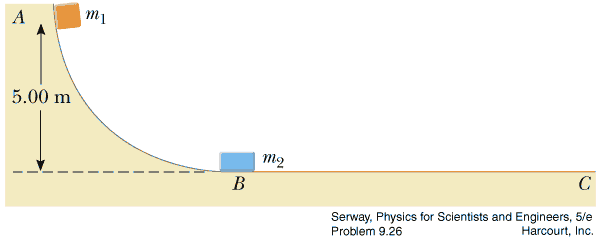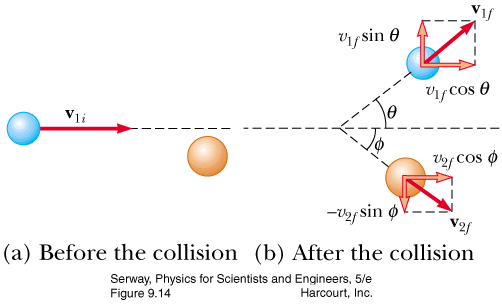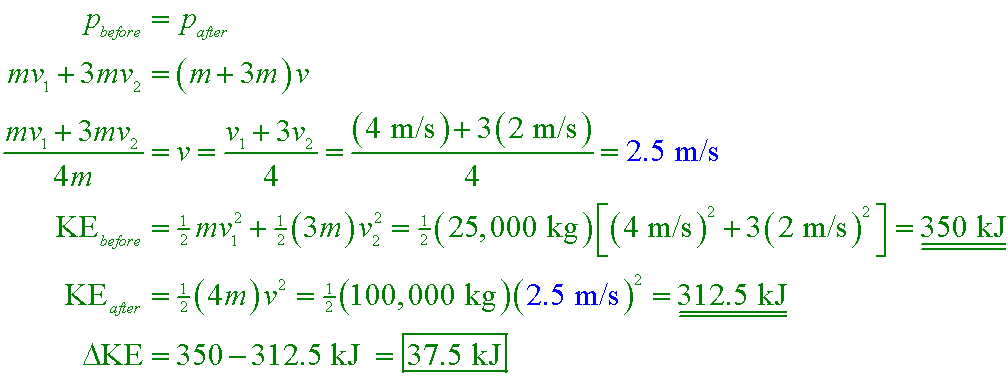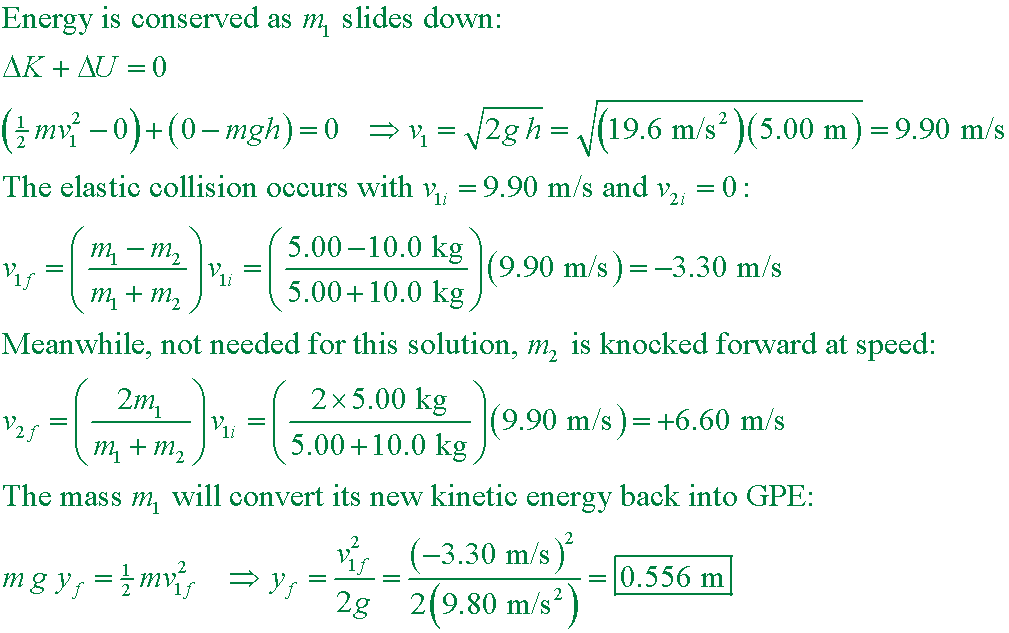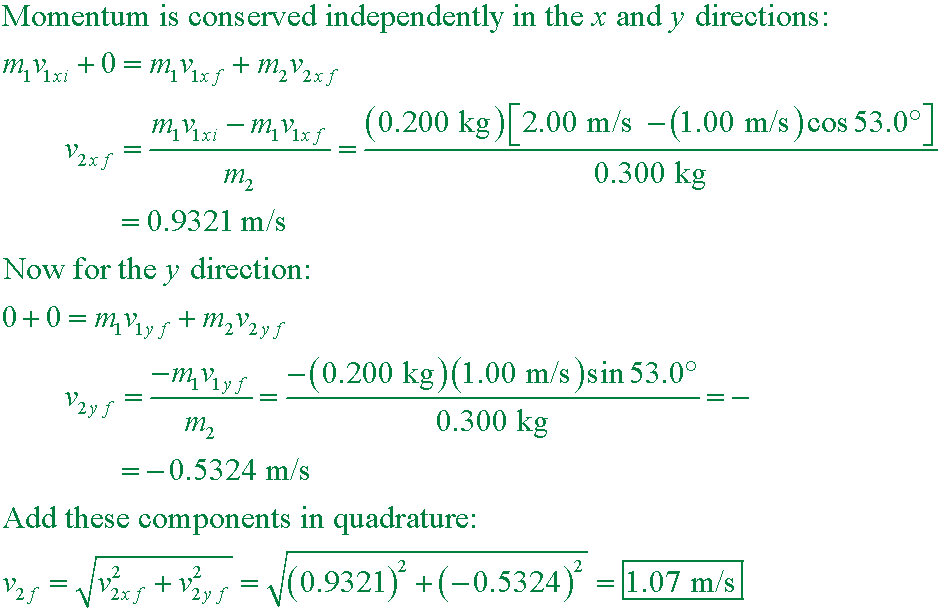
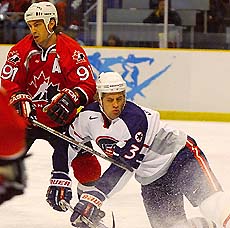
- inelastic collisions applet Example #1
- perfectly elastic collisions applet Example #4
- BU collisions applet
This applet allows you to explore both elastic and inelastic collisions for carts of various masses. It also displays bar charts of momentum or one of several different graphs.
Example #2
Example #3
I have not yet found an HTML5 equivalent to this applet. Sorry!
End of material on Exam II
- Bring a calculator (no mobile devices allowed) and your prepared 8-½×11 reference sheet
- 6 true/false questions (12 pts)
- 6 multiple-choice questions (18 pts)
- 3 free-response questions, each with multiple parts (70 pts)
- See study guide for topic list, also in Canvas Exam II module
